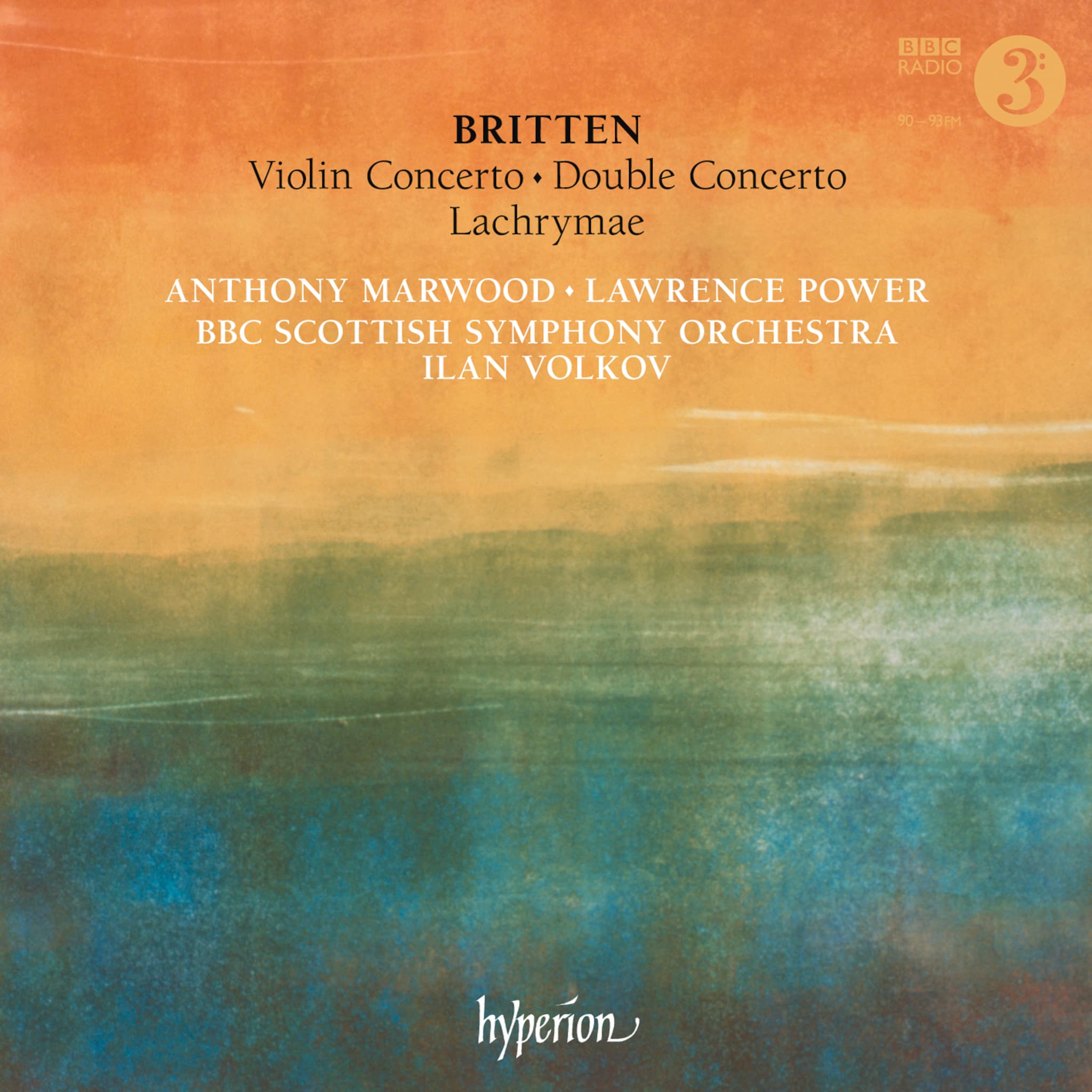Album insights
Schumann stood out as arguably the most visionary among the literary composers, with a seamless blending of music and text in mind. He found semantical flexibility and expressive potential particularly captivating, especially in his early sets of piano pieces composed in the 1830s. Influenced by German literary Romanticism, these works blurred genre boundaries in an exquisite, sometimes unsettling manner, reminiscent of Hoffmann's fantastic writings. Schumann's appreciation for Jean Paul Richter and E. T. A. Hoffmann's writings, known for mingling reality and fantasy, significantly shaped his early piano works and his approach to narrative structures. His encounters with figures like Beethoven, Schubert, and Mendelssohn deepened his musical interests and compositional endeavors, leading to the creation of timeless pieces that continue to entrance performers and audiences alike.
Schumann's creative energies in the 1830s were fueled not only by literary influences but also by personal circumstances. His affection for Clara Wieck, a virtuoso pianist, and the challenges posed by her father, Friedrich Wieck, significantly impacted his artistic output. This emotional turmoil inspired some of Schumann's most profound works during a period marked by both euphoria and despair. Pieces like the Arabesque, op. 18, reflect a fragmented, multi-part construction with delicate melodies and intricate structures that challenge performers' interpretations. In contrast, the Kreisleriana, op. 16, weaves elements of poetry and autobiography, paying homage to E. T. A. Hoffmann's fictional musician figure, Johannes Kreisler. These compositions, dedicated to Frédéric Chopin, explore a spectrum of emotions and a nonlinear approach to form and expression.
Schumann's Fantasie in C Major, op. 17, intertwined with his love for Clara Wieck and admiration for Beethoven, embodies a blend of public, private, and historical references. This work, initially conceived as a lamentation on Clara, evolved into a profound musical statement dedicated to Franz Liszt. Its unique structure and emotionally charged movements reflect Schumann's complex relationships and artistic aspirations. Through unconventional titles and innovative compositions, Schumann challenged traditional sonata forms, offering listeners a blend of passion, introspection, and melodic beauty. As his musical style evolved, Schumann's lyrical songs eventually gained recognition, thanks to the advocacy of Clara Wieck, Franz Liszt, and their students, ensuring a lasting legacy in the realm of classical music interpretation.













